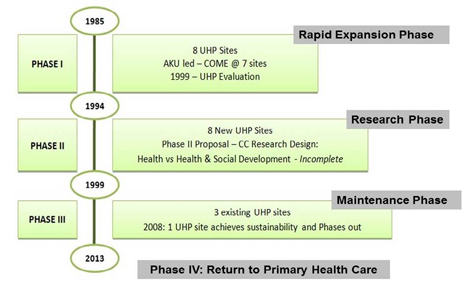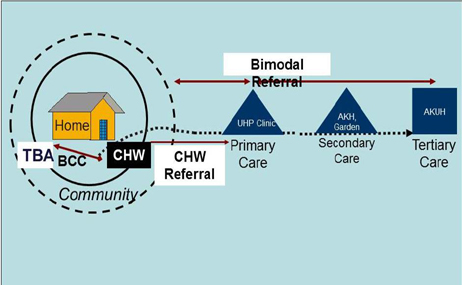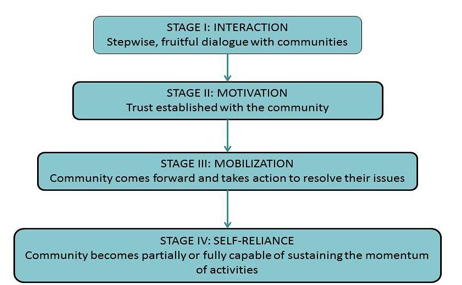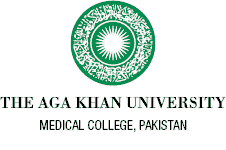Urban Health Programme
The Urban Health Program (UHP) of Community Health Sciences Department, AKU, Karachi was initiated in 1985 as a community campus partnership model to develop Primary Health Care (PHC) prototypes. Since 1985 the UHP has tested integrated models of health and development in 17 different urban squatter settlements of Karachi and has evolved through three distinct phases.

Phase I (1985-1994)
The first phase tested both institution-led and community-led partnership models in 6 urban sites of Karachi and demonstrated significant reduction in ifant and under 5 mortality by training community health workers. UHP had a presence in Orangi Town, Chanesar Goth, Grax village, Essa Nagri, Karimabad and Baba Island. This example was up scaled by the Government of Pakistan to develop the Lady Health Worker (LHW) Programme.
Achievements - Phase I
AKU pioneered the effective community based model for medical and nursing students in Pakistan
Comprehensive baseline survey was done
Significant involvement of medical and nursing students
Community Health Workers were appointed
A study on Growth Standards was done in UHP site
A comprehensive community-based MIS was developed
Based on the experience, AKU was invited by the government to work with it closely in developing First Level Care Facility – HMIS.
Phase II (1994-1999)
The second phase involved working with Community Based Organizations (CBOs) in a case control design (8 sites); to measure whether improvement in health status could be achieved better through basic health or social development initiatives. 3 sites (Rehri Goth, Sultanabad, Hijrat Colony) served as the health intervention arm while at another three sites (Moinabad, Ibrahim Hyderi and Future Colony) only sociodevelopment initiatives were implemented. Khuldabad and Mohammadi Colony served as control communities which continued to access standard routine care with no interventions.
Achievements - Phase II
- Project received Commonwealth Award of Excellence
- Work was published extensively in indexed an non indexed journals
- The importance of risk approach in community based child health interventions
- The anemia project showed: weekly iron given to pregnant women is as effective as daily regimen to improve hemoglobin levels and community acceptance and compliance
Phase III (1999-2011)
In the third phase, the UHP model was revised to integrate both health and social development components together for maximum health returns in 3 sites. The remaining 5 sites were phased out through a proper exit strategy. The UHP in this phase received the international Mac Jannet award for civic engagement from the Taillores Network being selected out of 67 nominations from 40 universities in 19 countries.
Achievements - Phase III
- Pioneers of Community Oriented Medical Education (COME) in Pakistan
- Other academic institutes initiated similar program
- Some of AKU’s faculty joined them and work on development of such programs in Pakistan
- Efforts recognized at international level
- Mac
- Jannet Award – Talloires Network

Current UHP - Integrated Health System
The UHP in its Phase IV (2013-2017) aims to strengthen its four basic components:
- an integrated health care system linking UHP's PHC initiatives to secondary and tertiary care
- socioeconomic development; adult literacy, income generation, women empowerment, provision of safe water & sanitation
- Community Oriented Medical Education (COME) for human resource development and articipatory action research based on socio-economic determinants of health
- A comprehensive demographic surveillance system (DSS) will be introduced to monitor progress on basic outcomes of interest
Stages of Community Development

UHP Field Sites


